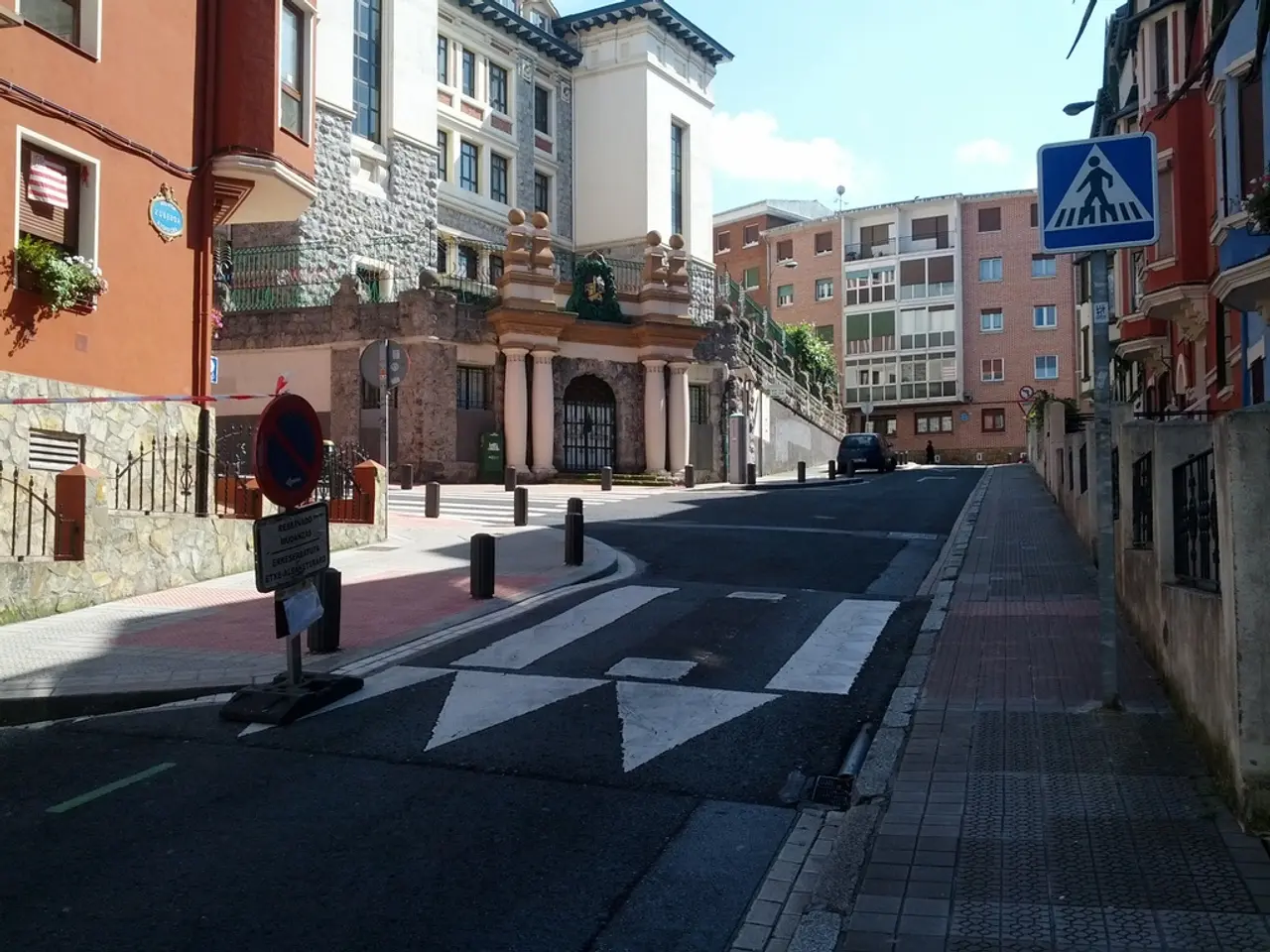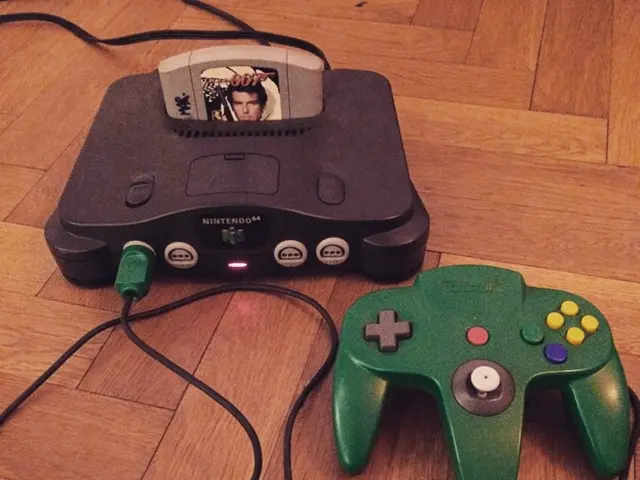Singapore Ampes Up Tokenization with Ledger Support
In the dynamic world of digital asset technology, Singapore is leading the charge with the adoption of the XRP Ledger (XRPL) for real-world asset (RWA) tokenization. This initiative, spearheaded by the Monetary Authority of Singapore (MAS) under Project Guardian, is gaining momentum and moving beyond pilot phases into commercial operation.
Project Guardian, a collaborative effort involving over 40 institutions worldwide, made headlines in June 2025 with a notable pilot. Finance giants DBS and JPMorgan jointly funded the tokenization of $100 million in commercial real estate, resulting in a 40% reduction in settlement time (from 3 days to under 2) and a 25% cost savings compared to traditional methods[1].
The XRPL's advantages in transaction speed, efficiency, and cost are significant. It guarantees finality in approximately 3.5 seconds, significantly outperforming Ethereum's average block time of around 15 seconds[1]. The XRPL also delivers high transactions per second (TPS), very low transaction fees, and is energy-efficient due to its consensus mechanism[1][2].
The XRPL's built-in features, such as a decentralized exchange (DEX) and standards for automated market makers (XLS-30) and lending vaults (XLS-65), facilitate complex financial applications and asset management natively on-chain, enhancing ecosystem efficiency[2][4].
While Ethereum remains prominent for RWA tokenization, driven by its broad developer ecosystem and smart contract capabilities, it tends to have higher latency and cost, even with Layer 2 scaling solutions, and its energy consumption is higher, despite the shift to proof-of-stake[5]. Asian regulators, including Singapore’s MAS, promote multi-chain adoption where Ethereum and XRPL complement each other, but XRPL’s proposal for regulated finance highlights advantages in speed, cost savings, and environmental sustainability[5].
The MAS has also published industry frameworks and developed infrastructure such as Global Layer One (GL1) to support cross-border digital asset markets, highlighting Singapore’s regulatory commitment to scalable and efficient tokenization[1]. This classification by MAS provides a practical, compliant environment that helps build institutional trust in XRP.
The XRPL's digital euro test evaluation by the European Central Bank indicates potential global adoption of the XRPL technology. The European Central Bank is considering the XRPL as the basis for its digital euro test, following Singapore's example.
The XRPL's optimal performance for high-volume transactions, coupled with its ultra-low rate fees, makes it an attractive choice for RWA tokenization. Singapore's regulatory clarity, with the XRP being classified as a Digital Payment Token by MAS, excluding any security classification, further attracts tokenization using blockchains.
In summary, Singapore's real-world asset tokenization using XRPL is uniquely positioned for faster, cheaper, and more efficient settlements with a robust regulatory framework, making it competitive and arguably better suited for RWA tokenization compared to Ethereum in this jurisdiction and use case[1][2][5].
References: [1] MAS, (2022). Project Guardian. Retrieved from https://www.mas.gov.sg/news/media-releases/2022/mas-announces-project-guardian-to-explore-tokenisation-of-real-world-assets [2] XRPL Labs, (2022). XRP Ledger Overview. Retrieved from https://xrpl.org/xrp-ledger-overview.html [3] Cointelegraph, (2022). Singapore's MAS to develop cross-border tokenized settlements infrastructure. Retrieved from https://cointelegraph.com/news/singapores-mas-to-develop-cross-border-tokenized-settlements-infrastructure [4] XRPL Labs, (2022). XLS-30: Automated Market Maker. Retrieved from https://xrpl.org/xls-30.html [5] CoinDesk, (2022). Singapore's MAS Backs XRP Ledger for Tokenized Asset Settlements. Retrieved from https://www.coindesk.com/business/2022/06/22/singapores-mas-backs-xrp-ledger-for-tokenized-asset-settlements/
- Singapore's regulatory support for the XRP Ledger (XRPL) is driving its adoption for real-world asset (RWA) tokenization, with the Monetary Authority of Singapore (MAS) backing XRPL for efficient and scalable tokenized asset settlements.
- The XRPL's significant advantages include faster transaction speed, lower costs, and energy efficiency due to its consensus mechanism, making it an attractive choice for RWA tokenization over Ethereum.
- The MAS's regulatory framework, such as the Global Layer One (GL1) infrastructure, fosters institutional trust in XRP, thereby positioning Singapore as a hub for RWA tokenization using blockchain technology.
- The European Central Bank's consideration of XRPL as the basis for its digital euro test demonstrates the potential global adoption of XRPL technology, mirroring Singapore's approach in leveraging XRPL for RWA tokenization.




